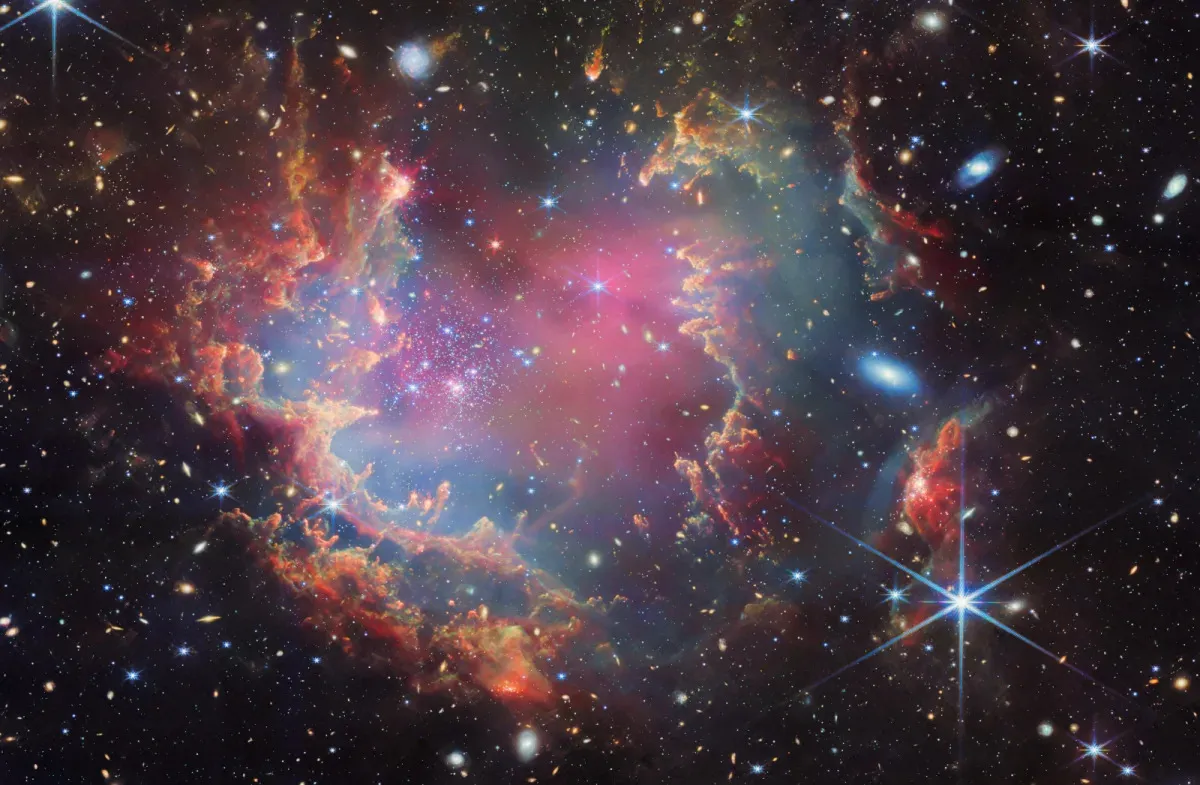Discover How the James Webb Space Telescope Identifies Brown Dwarfs in Our Universe

The Groundbreaking Discovery of Brown Dwarfs
The James Webb Space Telescope (JWST) is revolutionizing the way we explore celestial objects. In a remarkable feat, astronomers identified a "rich population of brown dwarf candidates" located 200,000 light years away. This unprecedented discovery sheds light on the dark corners of our universe.
The Insight from NGC 602
The team discovered these brown dwarfs within a star cluster named NGC 602, situated at the edges of the Small Magellanic Cloud dwarf galaxy. Previous observations by the Hubble Telescope highlighted very young low mass stars in the cluster. JWST's unparalleled sensitivity allowed scientists to delve deeper.
- Brown dwarfs are larger than Jupiter but lack the mass needed to ignite nuclear fusion.
- They are referred to as "failed stars" due to their inability to shine brightly.
- This new understanding may help address the "missing mass" problem in astrophysics.
Implications for Our Universe
The findings signal a promising path to better understanding stellar formation over billions of years. Peter Zeidler, team leader from AURA/STScI, asserted, “Only with the incredible sensitivity and spatial resolution in the correct wavelength regime can such detections be possible.” This research pushes the boundaries of what we know about our universe and its complexities.
Future of Celestial Exploration
The revelations from JWST may lead us to rethink our perceptions of celestial objects and their roles in the cosmos. Solid evidence suggests that a significant portion of the universe's mass might indeed consist of brown dwarfs, which remain largely invisible. Further studies could transform our approach to understanding both big and small elements of the universe.
This article was prepared using information from open sources in accordance with the principles of Ethical Policy. The editorial team is not responsible for absolute accuracy, as it relies on data from the sources referenced.